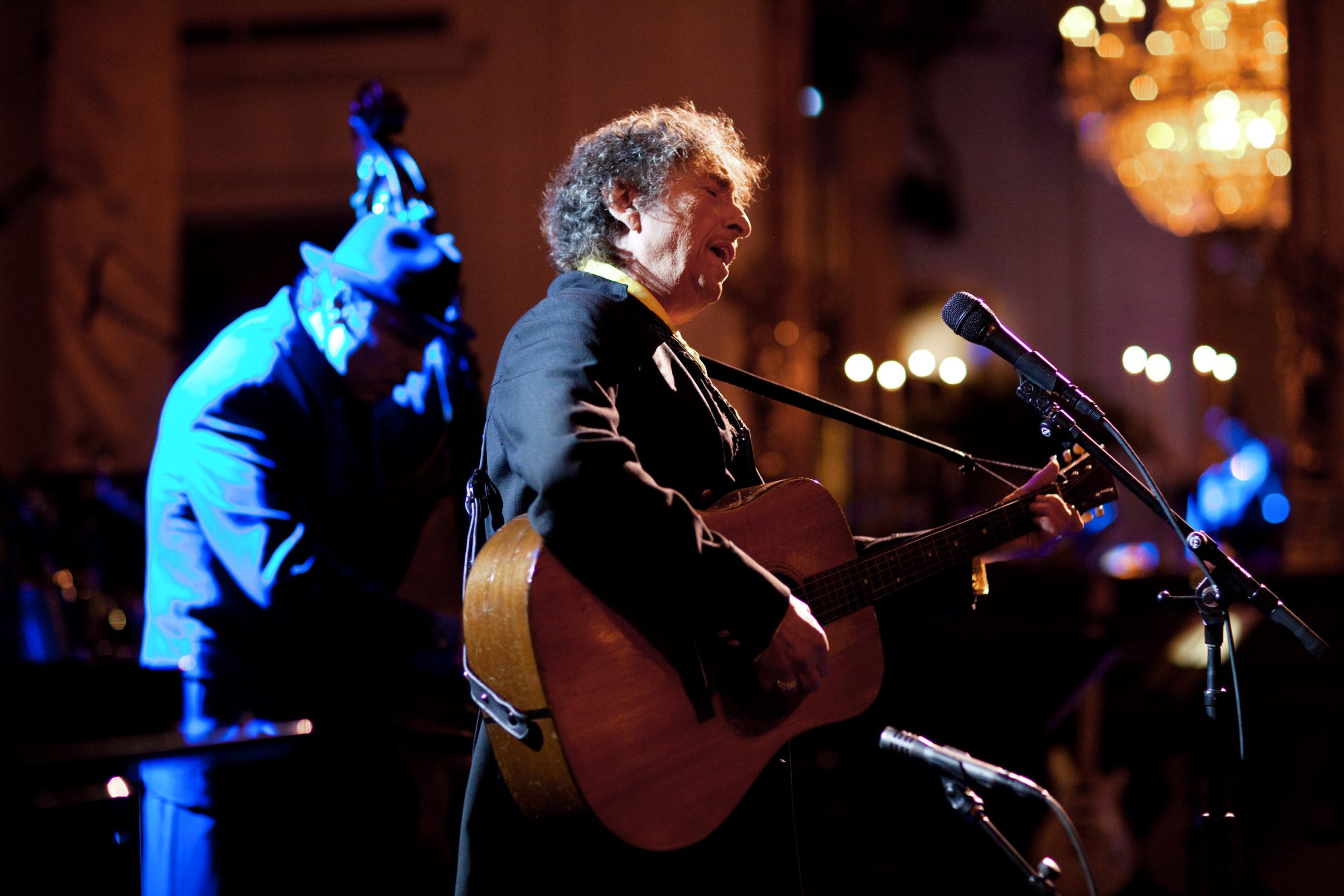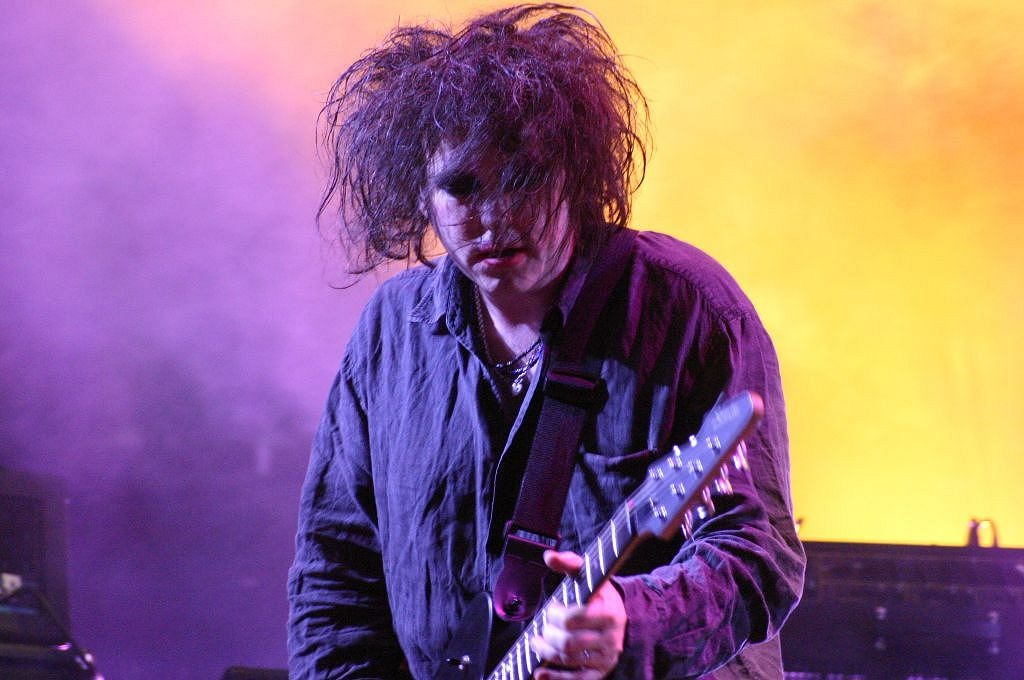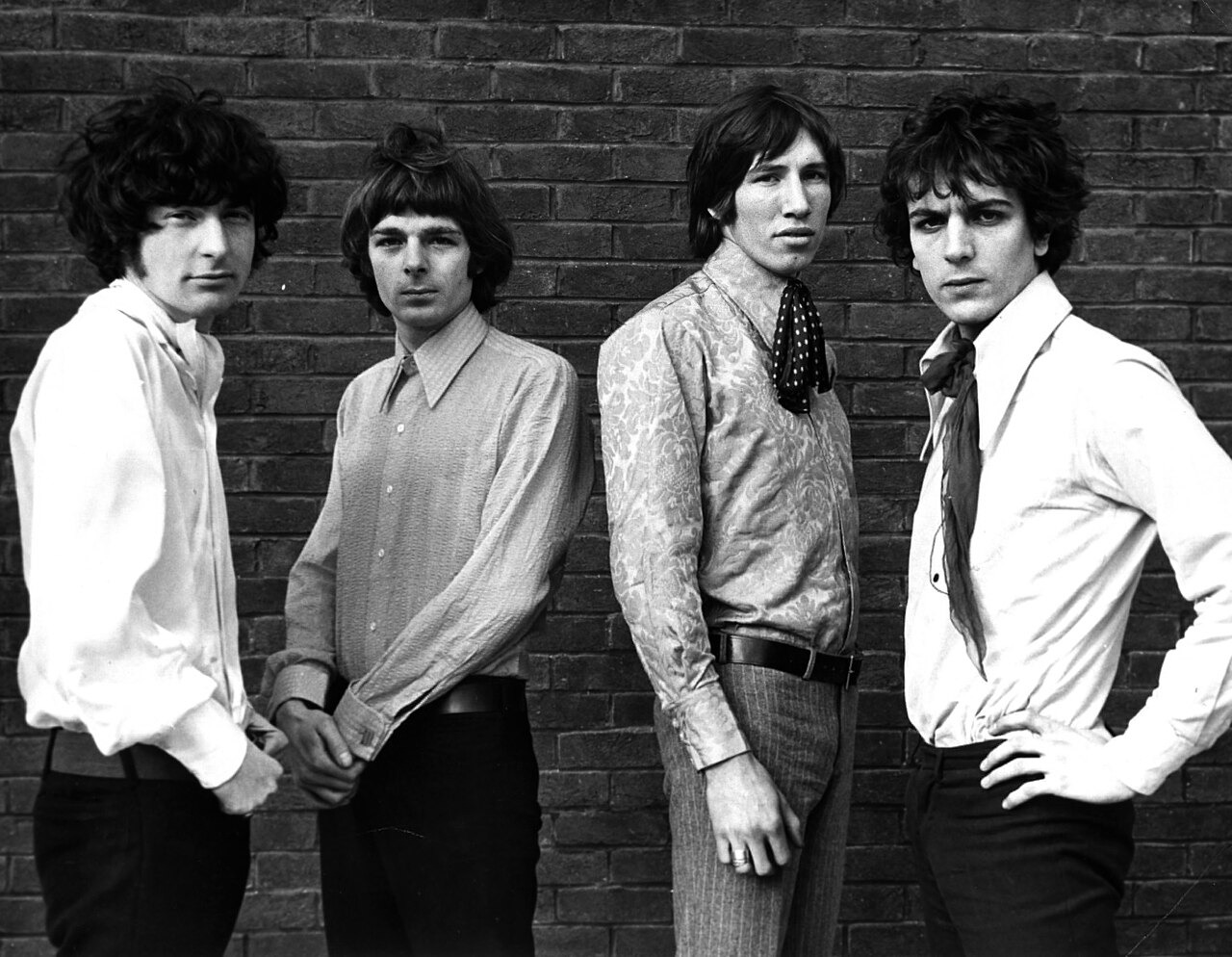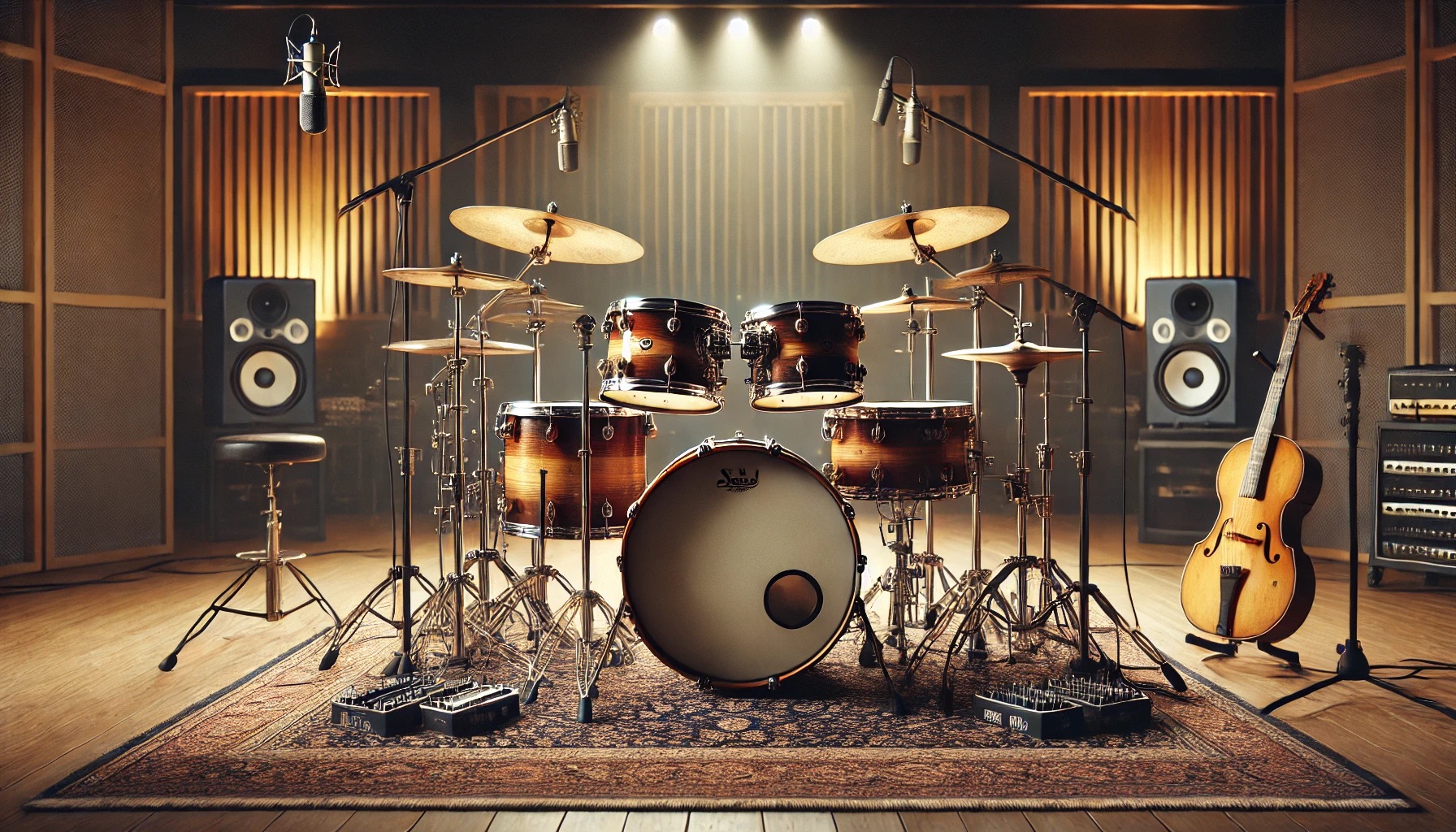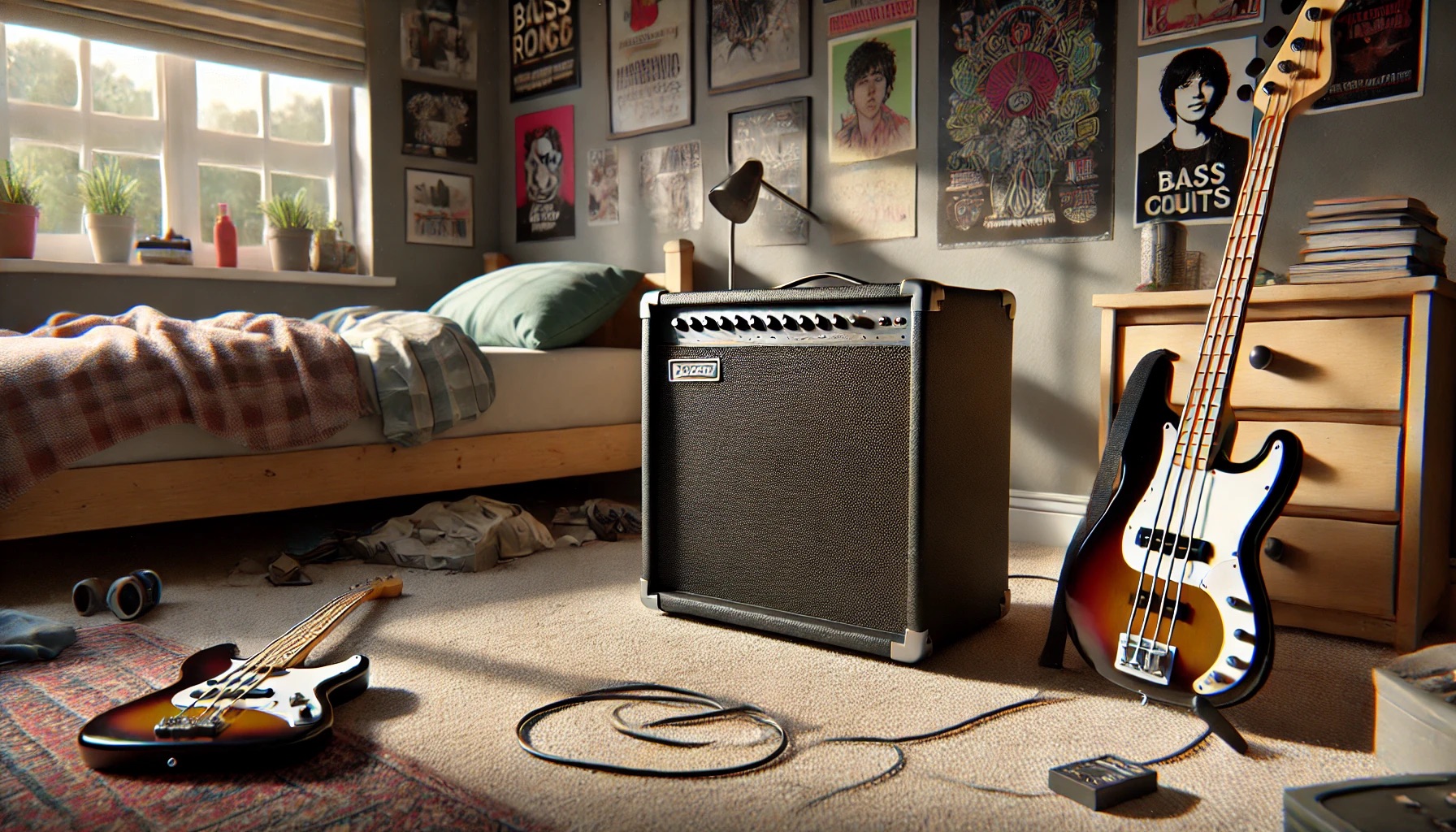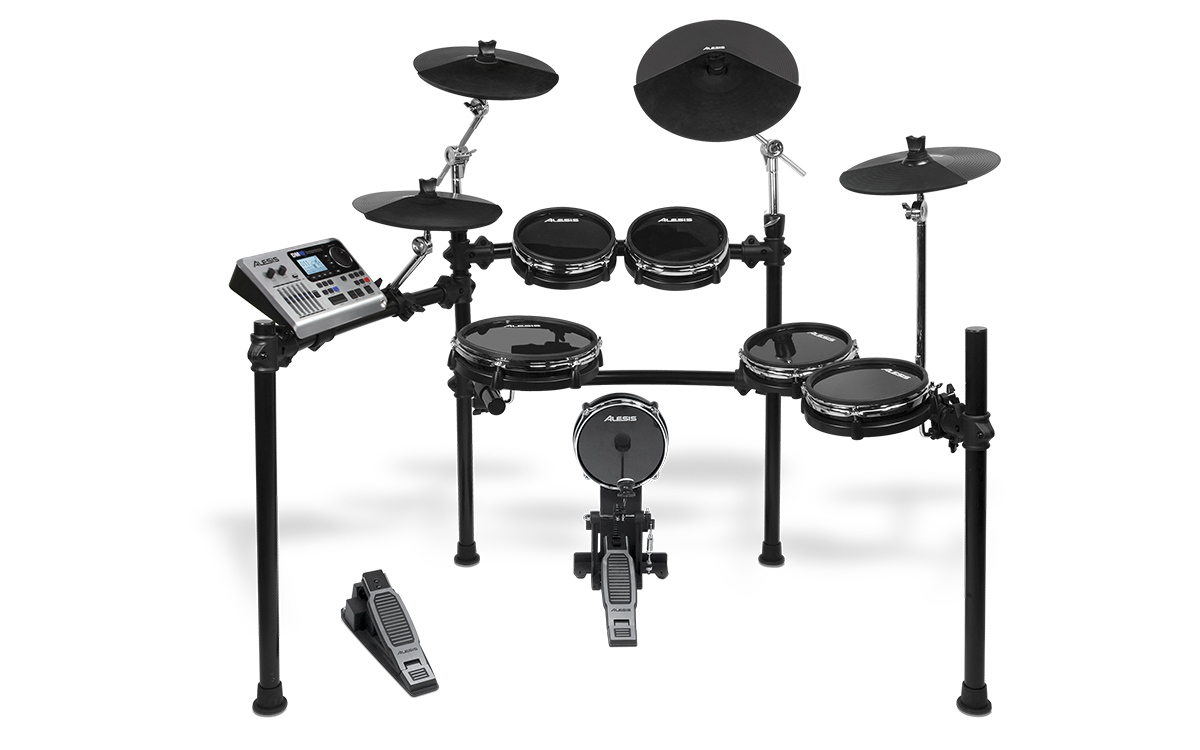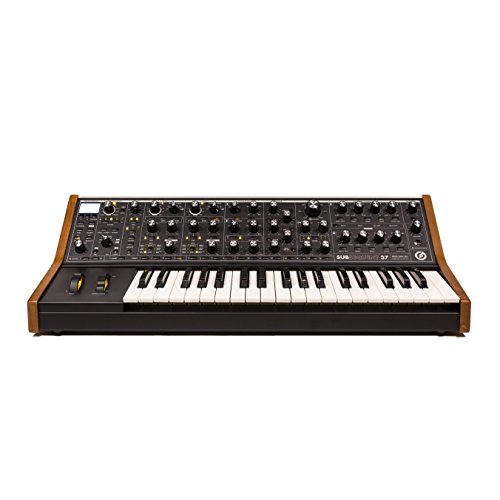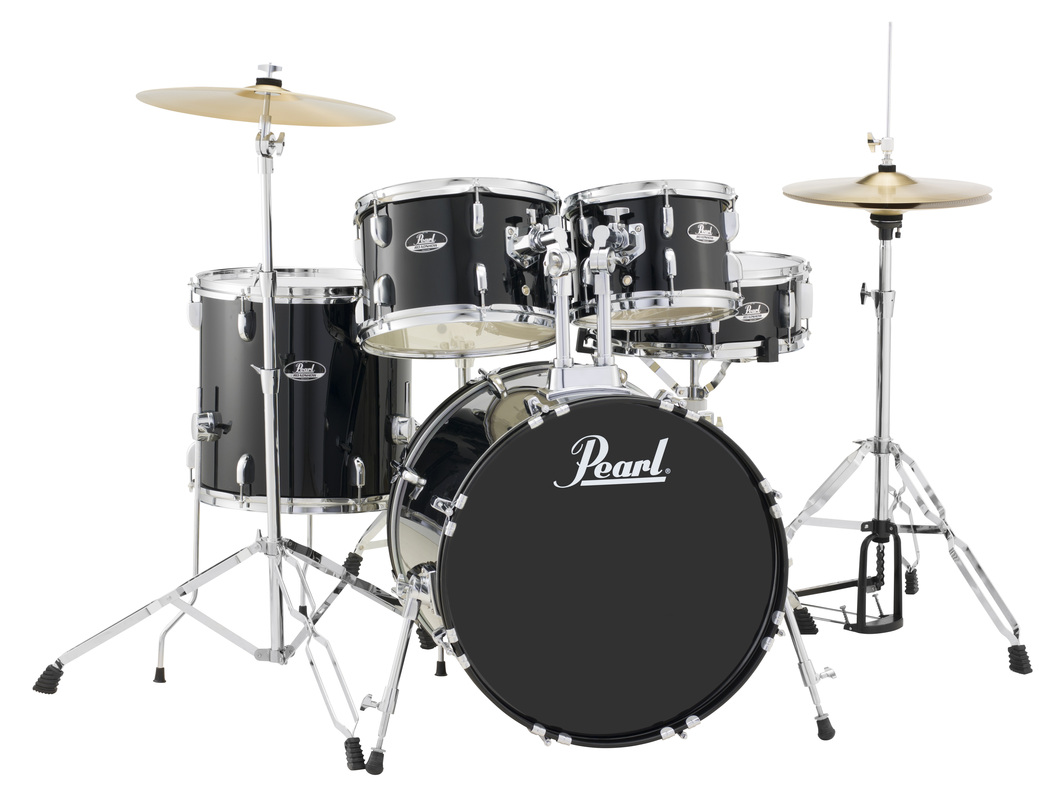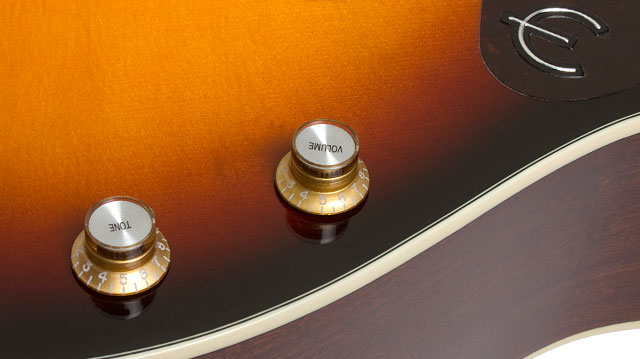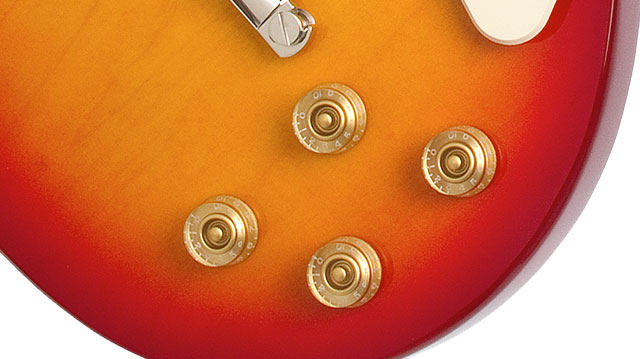
Musical instruments shape culture with diverse sounds. Most people know guitars, pianos, or violins. Beyond these common instruments sits a world of sonic oddities.
Here are 15 unique instruments you’ve probably never heard of. Each comes with its own weird history and stranger sound.
15. The Theremin
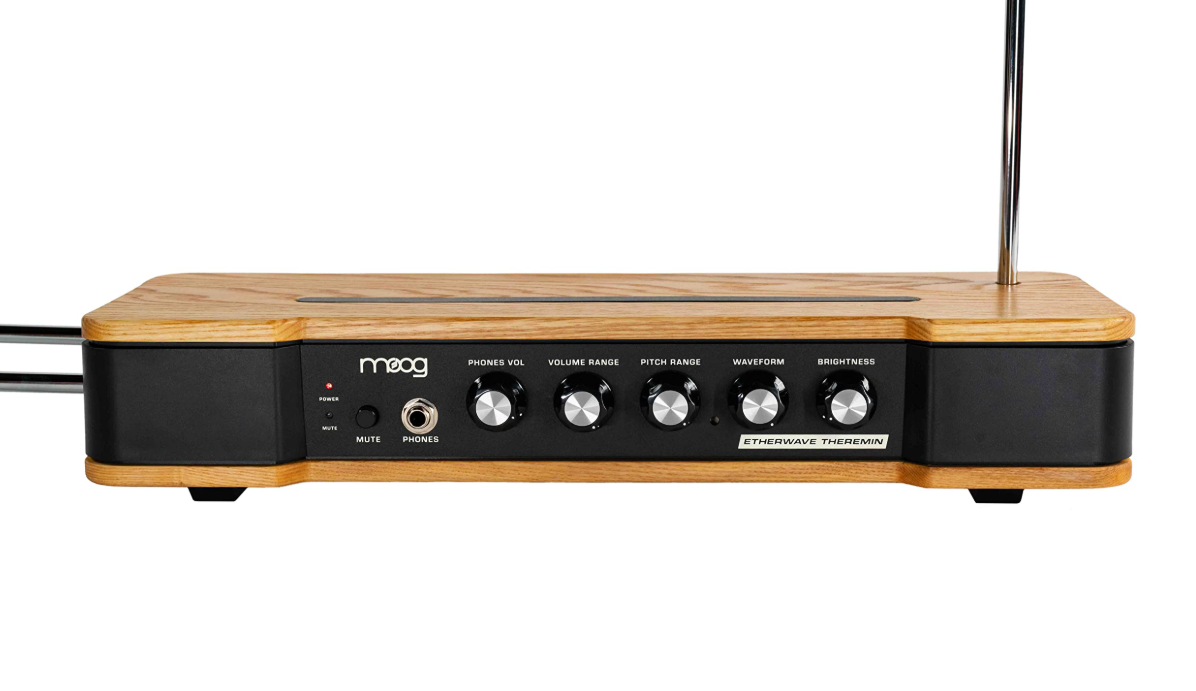
No instrument in history has ever been played without being touched—except the Theremin. Leon Theremin invented it around 1920. You play it without touching anything.
Just move your hands near two metal antennas. One controls pitch, the other volume. It’s exactly like trying to catch invisible butterflies—the closer you get, the more they react to your presence. The Theremin produces those eerie tones in classic sci-fi films. That spooky sound in “The Day the Earth Stood Still”? Pure Theremin magic.
Despite its influence, it’s notoriously hard to master. Good luck hitting exact notes when nothing gives you tactile feedback. (Watching beginners play Theremin might be more entertaining than hearing professionals.)
Vintage RCA models sell for up to $25,000. Modern Moog Theremins go for $300-$1,500.
14. Hydraulophone
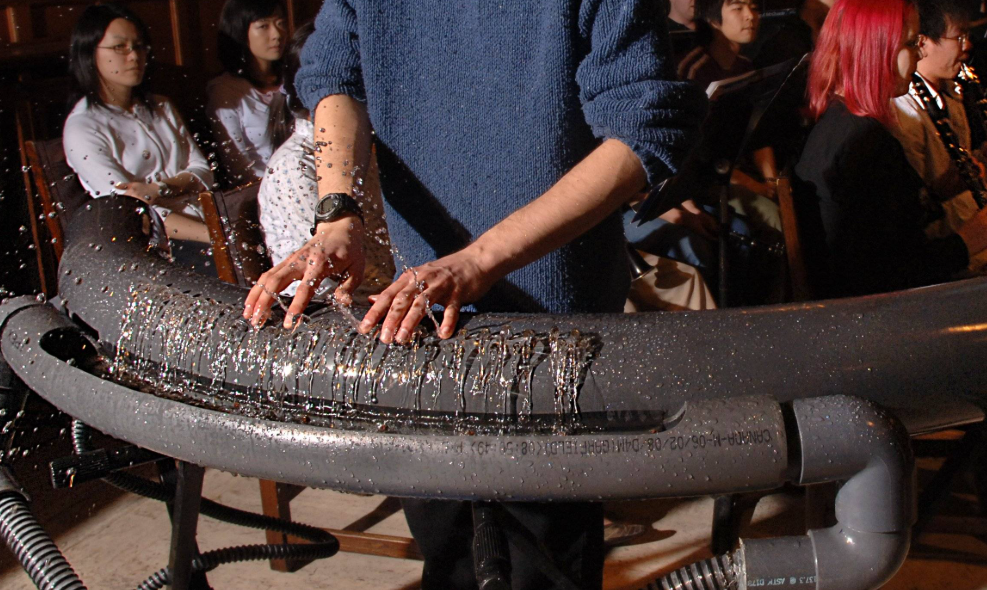
Flowing water jets transform into melodic sounds with the Hydraulophone, creating both visual and auditory art simultaneously. Steve Mann created this weird water organ that gets your clothes wet while you play.
It uses 12-45 water jets that produce sounds when blocked. Think of a flute crossed with a water park attraction. The sound range spans from 50 Hz to 3 kHz. Water pressure and temperature affect how it sounds.
You won’t find these at Guitar Center. They show up in public spaces and science centers.
The Ontario Science Centre installed one in 2006. They serve as both instruments and therapy tools for special needs education.
Custom installations cost upwards of $100,000. Not exactly something for the spare bedroom.
13. The Wheel Harp
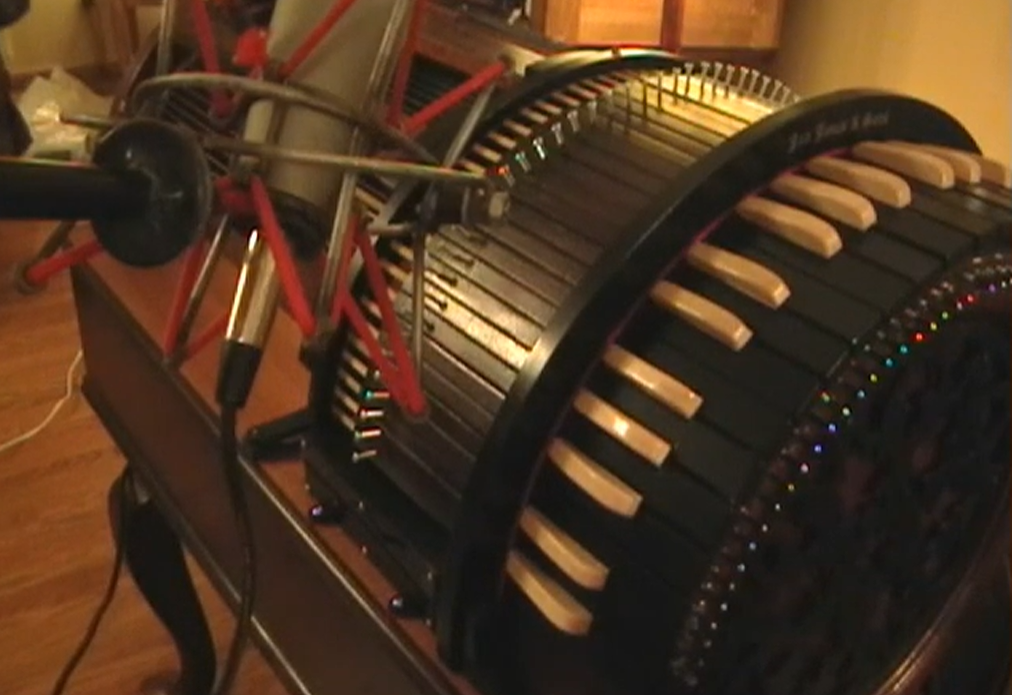
Composers needing orchestral string textures without hiring 20 musicians found their solution in the Wheel Harp. It combines a keyboard with perpetually bowed strings.
This contraption features 61 strings controlled by keys. A motorized wheel keeps bowing them. It’s basically what happens when an engineer who loves violins gets tired of practicing. Jon Jones built this for composers who wanted rich string textures without hiring an orchestra. Film composer Bear McCreary uses it in his TV scores.
Its complex mechanical system requires regular maintenance. Not surprising for something with 61 strings constantly being rubbed.
High costs ($20,000-$30,000) keep it out of most musicians’ hands. Probably for the best—can you imagine the repair bills?
12. Melodica
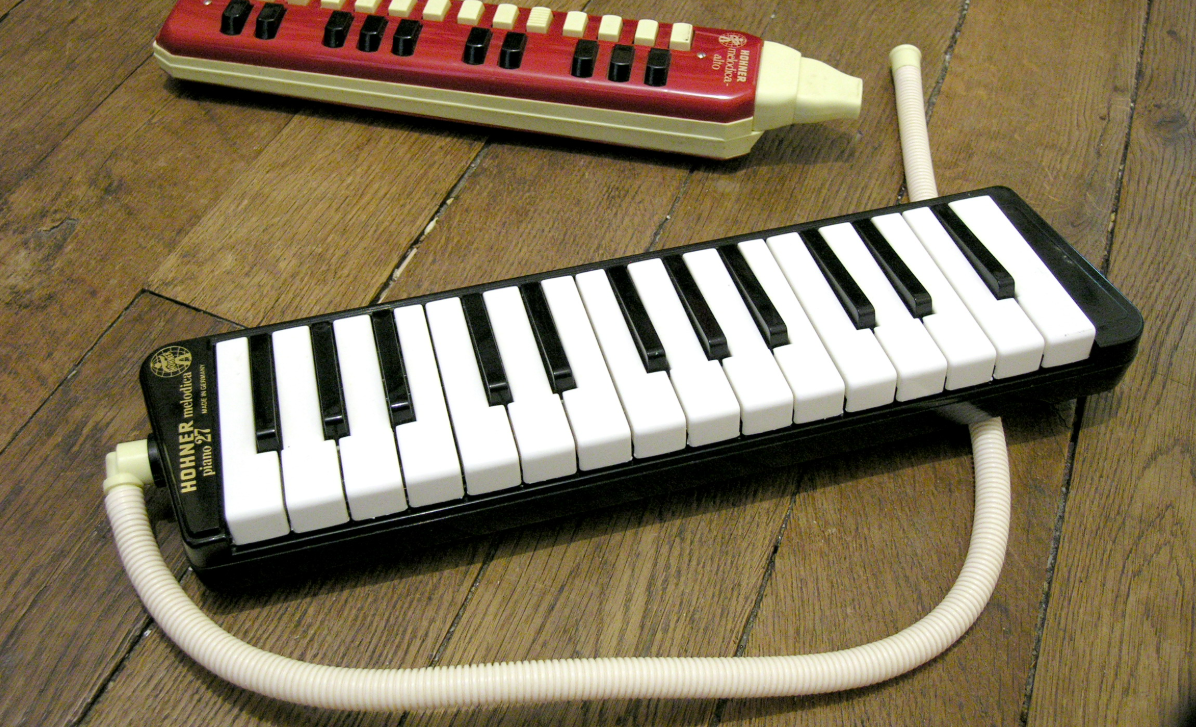
Caught between wanting keyboard expressiveness and the portability of a harmonica? The Melodica bridges that gap perfectly. Hohner developed this portable reed instrument in the 1950s. It spans 2-3 octaves and weighs almost nothing.
You can grab one for $30. Pro models top out around $300.
Its plastic construction doesn’t stop musicians from loving it. Jamaican musician Augustus Pablo made it cool in reggae.
Composer Steve Reich used it in classical pieces too. Its sound sits somewhere between a harmonica and that keyboard your aunt bought at the mall in 1986.
11. Glass Harmonica
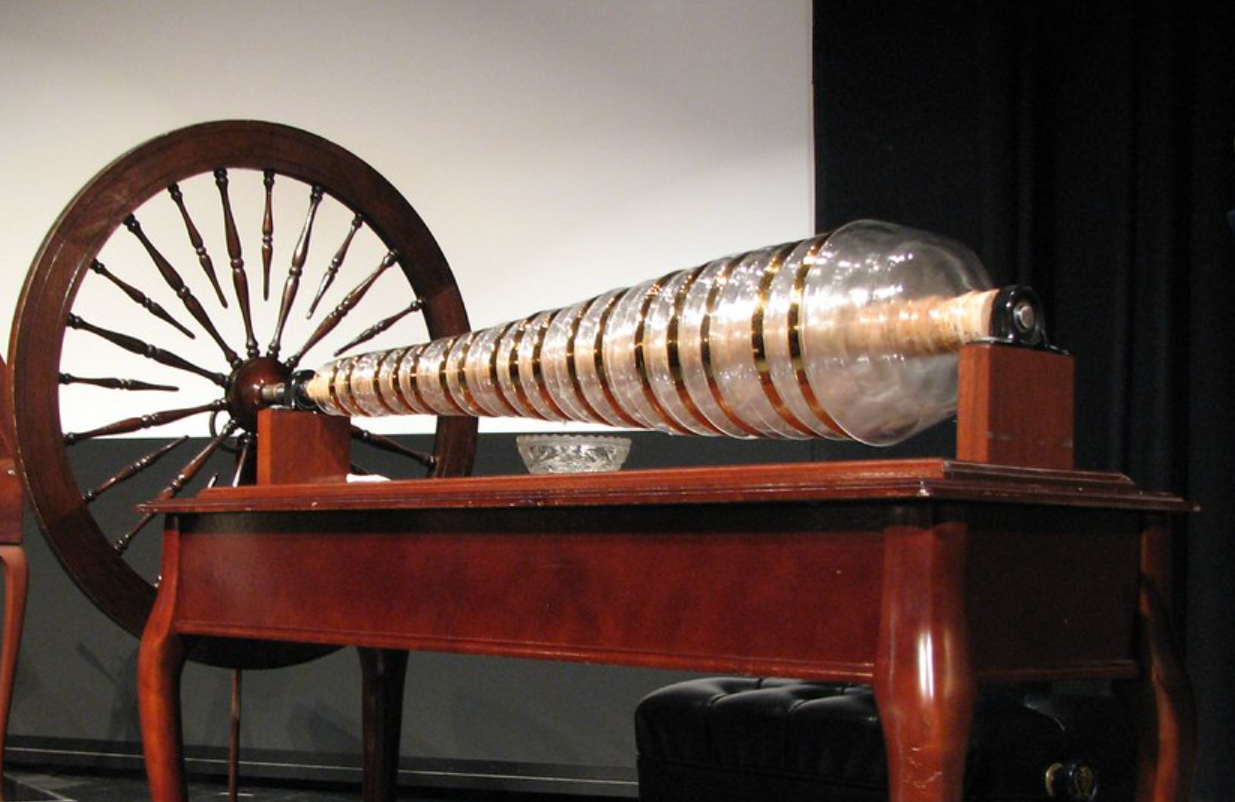
Among Benjamin Franklin’s 1761 creations sits one of history’s most hauntingly beautiful instruments—the Glass Harmonica. Yes, that Benjamin Franklin—apparently electricity, democracy, and bifocals weren’t enough.
It features glass bowls mounted on a spinning rod. Players touch wet fingers to the glass. This creates tones between 1000 Hz and 4000 Hz. Mozart and Beethoven composed music for it. Then rumors spread that its sounds caused nervous disorders. (Nothing kills an instrument’s popularity faster than “it might make you insane.”)
Its delicate construction makes transportation a nightmare. Modern reproductions cost between $10,000 and $30,000.
Original 18th-century instruments sit in museums. Probably best not to touch those.
10. Nyckelharpa
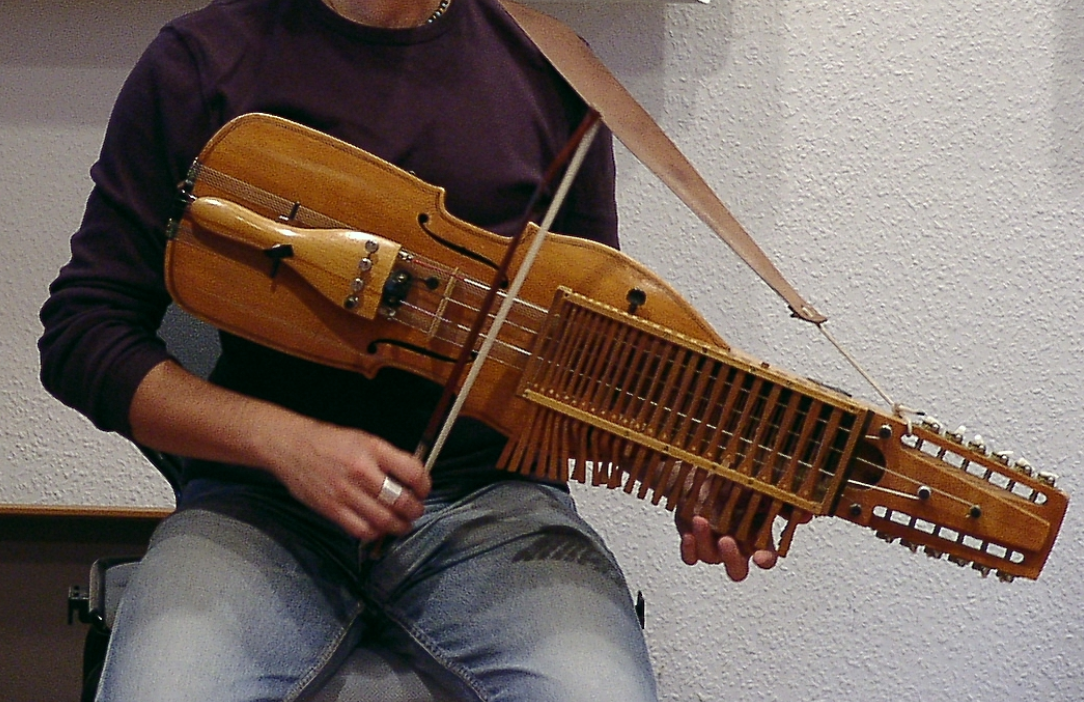
Sixteen strings and 37 wooden keys combine in the Nyckelharpa to create a resonant sound impossible to achieve with any other instrument. This Swedish instrument creates hauntingly beautiful sounds.
It sports 16 strings total. One melody string, three drone strings, and twelve sympathetic strings vibrate together. The 37 wooden keys change pitch when pressed. Playing it looks like solving a musical Rubik’s cube while balancing a violin.
The Nickelharpa nearly went extinct. By the 1960s, only about 20 players remained in Sweden. Today it thrives in folk music circles. Growing popularity has created waitlists for custom instruments.
Handcrafted models cost $3,000 to $10,000. That’s relatively reasonable for what amounts to four instruments in one.
9. Marble Machine

If you’re fascinated by both engineering and music, the Marble Machine stands as humanity’s most mesmerizing intersection of both worlds. Creator Martin Molin revealed this steampunk fantasy in 2016.
Standing two meters tall, it drops 2,000 steel marbles through precise paths. They strike instruments in programmed sequences. A hand crank powers the entire system. The result looks like Willy Wonka designed a music box after too much coffee.
The demonstration video scored over 180 million YouTube views. That’s more viewers than most Grammy performances. This mechanical marvel inspired countless DIY attempts. Most ended with marbles scattered across living room floors.
The original isn’t for sale. Molin spent years developing an improved touring version called Marble Machine X.
8. Shakuhachi
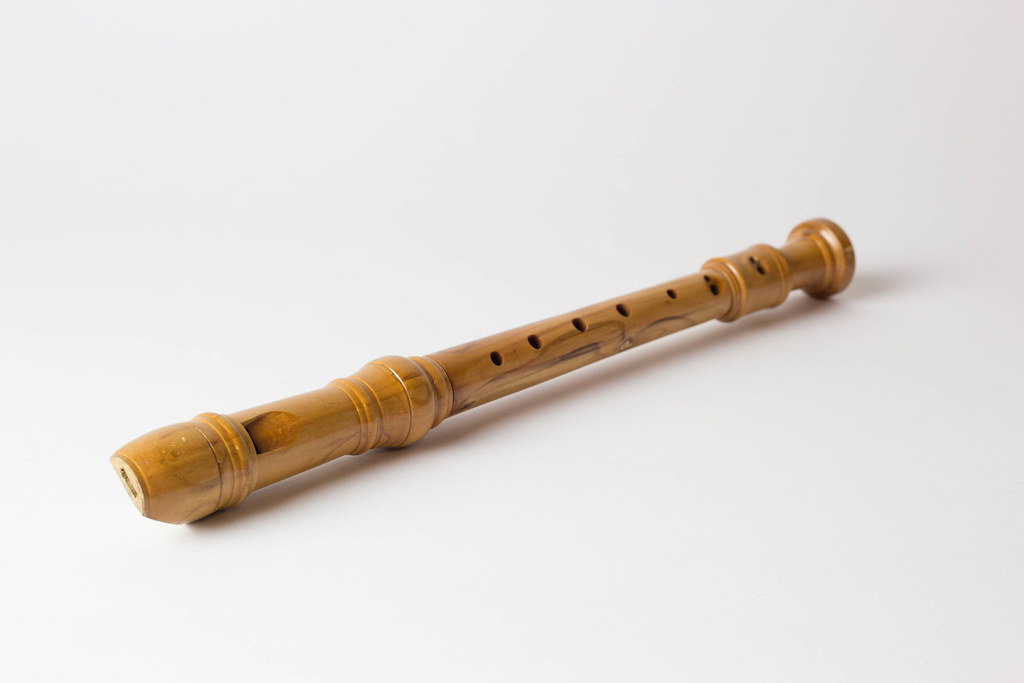
During Japan’s Edo period, disguised monks wandered the countryside carrying bamboo flutes that served as both musical instruments and spiritual tools—the Shakuhachi. This Japanese bamboo flute dates back centuries.
Made from bamboo root, it has five finger holes and one thumb hole. Players produce sounds ranging from whispers to howls. The instrument traveled from China to Japan around the 8th century. It became both a musical tool and meditation device.
Komuso monks played while wearing basket hats that covered their faces. Talk about introvert-friendly performance attire. Despite looking like a glorified pipe, the Shakuhachi takes years to master. Professional instruments cost $2,000 to $20,000.
Antique pieces fetch over $50,000 at auction. Not bad for a piece of bamboo.
7. Celesta

Orchestra composers seeking a magical bell-like tone that could cut through without overwhelming found their answer in the Celesta. You know it from “Dance of the Sugar Plum Fairy” and Harry Potter’s theme.
Auguste Mustel invented this keyboard percussion instrument in 1886. Hammers strike steel plates to create bell-like tones. Tchaikovsky loved the Celesta so much he kept it secret while composing “The Nutcracker.” That’s some serious musical gatekeeping.
Though quiet compared to other orchestral instruments, it cuts through ensembles with its distinctive sound.
Professional models run $15,000 to $40,000. Manufacturers like Yamaha and Mustel still make them for orchestras and film composers.
6. Chapman Stick

Playing bass, rhythm, and melody simultaneously became possible for a single musician when the Chapman Stick arrived in the 1970s. Emmett Chapman created this revolutionary instrument.
With 8-12 strings and two-handed tapping technique, it lets one person play bass, rhythm, and melody simultaneously. It’s the musical equivalent of patting your head while rubbing your stomach while doing taxes. Tony Levin made it famous playing with Peter Gabriel and King Crimson. Despite its versatility, few master its unique technique.
New instruments cost $2,000 to $4,000. Limited production makes vintage models collector’s items.
The learning curve rivals mountain climbing. But those who conquer it gain almost orchestral capabilities.
5. Hurdy Gurdy

A hand-cranked wheel creates continuous drone sounds on the Hurdy Gurdy, allowing medieval musicians to play melodies that never needed to pause for breath. It’s what happens when someone combines a violin with a hand crank.
Players turn a wooden wheel that rubs against strings. Keys change pitch by stopping strings at different points. With six strings, it sounds like a bagpipe’s quirky cousin. A special buzzing bridge adds rhythm when played with proper technique.
Complex maintenance requirements don’t deter enthusiasts. You can hear it in “The Witcher” soundtrack and Renaissance festivals (where accuracy takes a backseat to turkey legs).
Handcrafted instruments start at $1,500. Professional models exceed $10,000. Each requires specialized craftsmanship.
4. Yaybahar
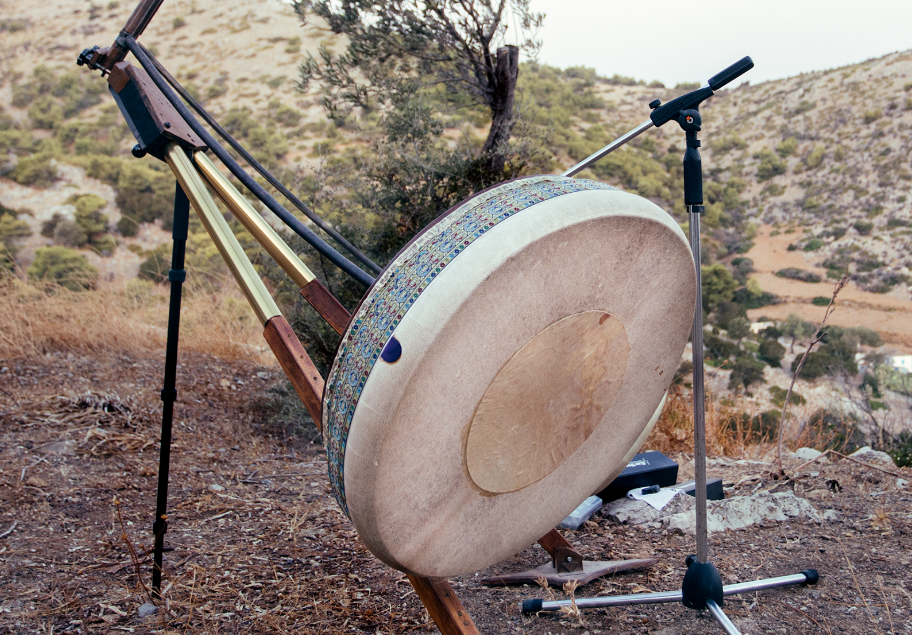
Springs, drums, and strings combine in the Yaybahar to achieve what seems impossible—electronic sounds from a completely acoustic instrument. Turkish musician Görkem Şen built it in 2013.
Two drum membranes connect via springs to a stringed neck. Players bow or strike various parts. Vibrations travel through springs and resonate through drums. The result sounds like a synthesizer from a parallel universe.
Its name means “spring-spring” in Turkish. Pretty straightforward for something so bizarre. Viral videos brought it fame. Only a handful exist worldwide.
Their value comes from pure innovation. You can’t exactly buy one at the mall music store.
3. Daxophone
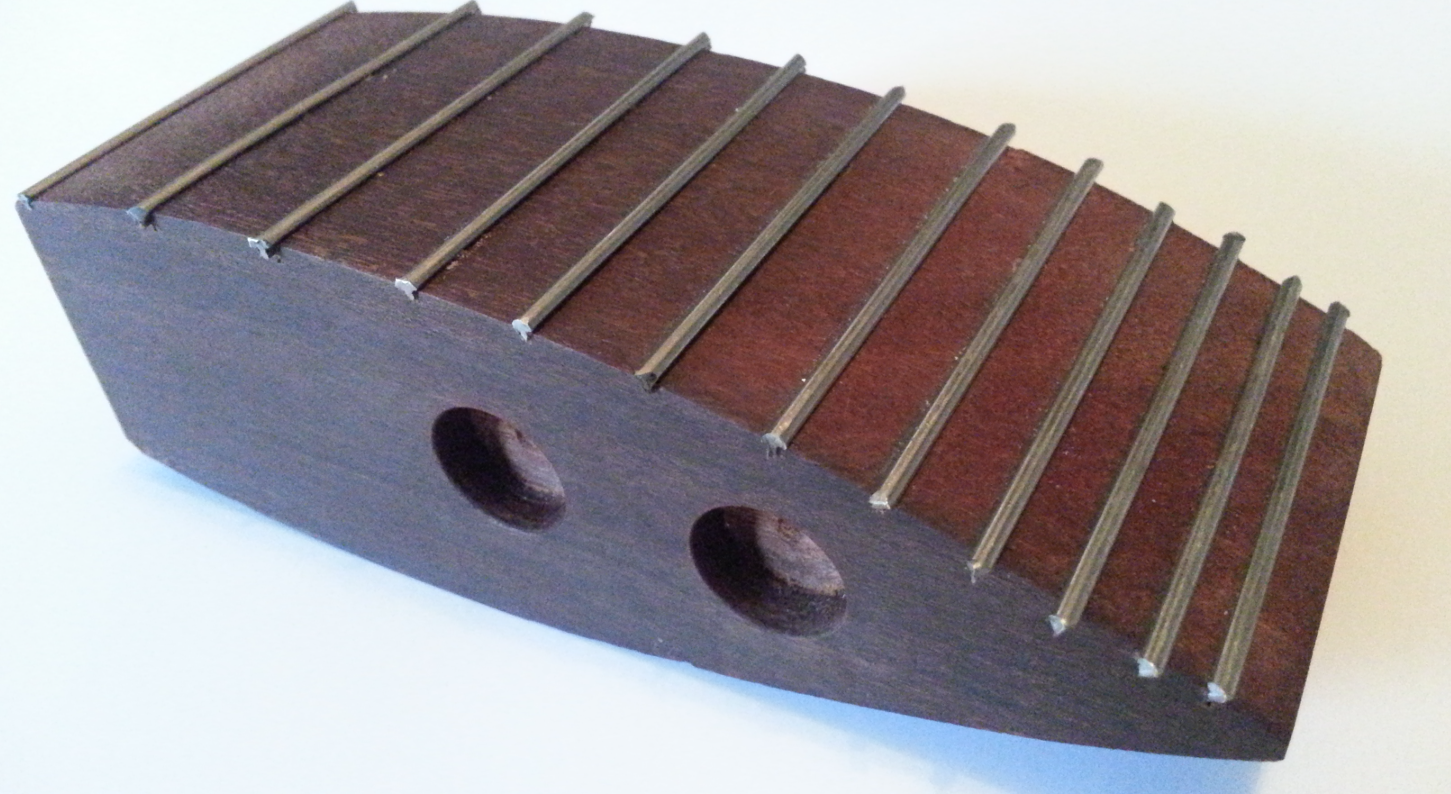
If you’re seeking otherworldly sounds for horror films or experimental music, the Daxophone produces vocal-like timbres unlike any conventional instrument. German musician Hans Reichel created it in 1987.
A shaped wooden blade (the “dax”) attaches to a resonator. Players bow or strike this wooden tongue. Different shapes create different sounds. Playing one feels like trying to have a conversation with a plank of wood—and somehow it answers back.
Its range includes Donald Duck-like voices and eerie tones. Horror film “Smile” used it in its soundtrack. Most come custom-made or as DIY projects. No two sound exactly alike.
Avant-garde musicians prize its unique voice. The rest of us would probably annoy our neighbors with it.
2. Crwth
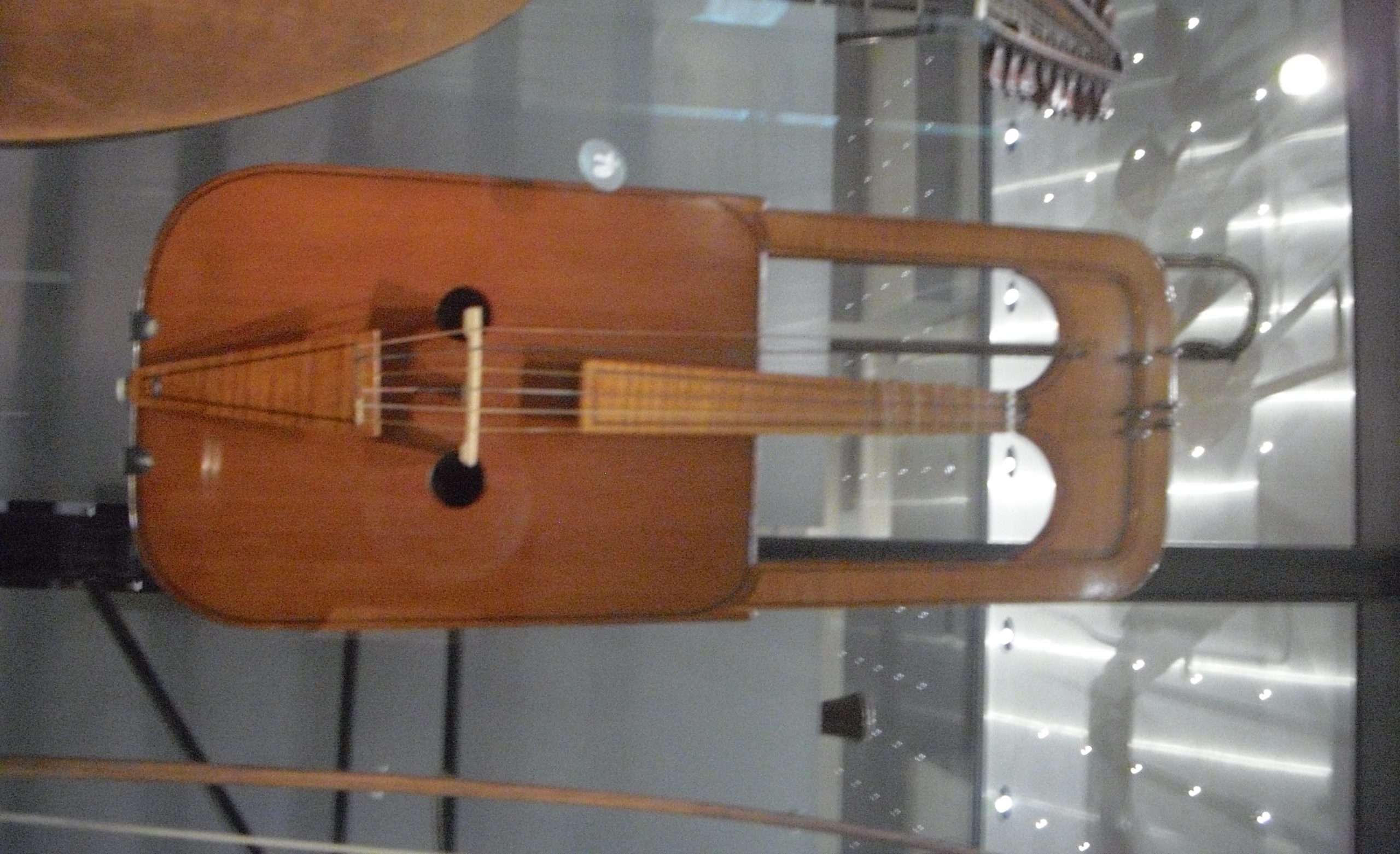
Welsh musical tradition lives inside the six-stringed Crwth, one of the few surviving medieval instruments still played today. This ancient instrument predates the violin.
Six strings stretch across its body. A distinctive bridge extends through the sound hole.
Dating back to the 11th century, the Crwth holds special place in Welsh culture. Some music survives in manuscripts from the 1600s. Few original instruments exist. Modern reproductions cost $1,000 to $5,000.
Specialty luthiers craft them based on historical designs. They mainly appear at early music festivals and museums.
The name contains zero vowels. That alone makes it worth remembering.
1. Zeusaphone
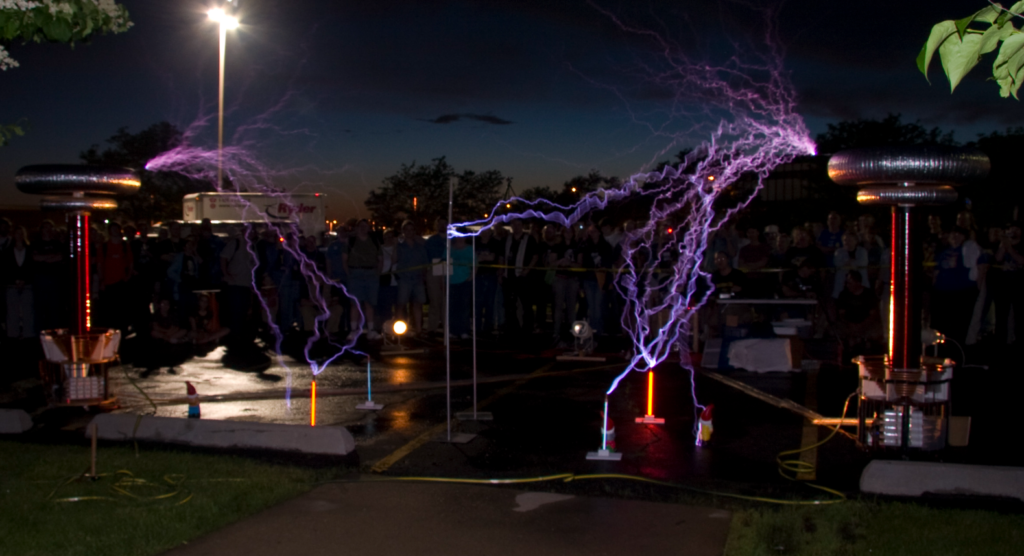
Imagine a concert where every note produces a bolt of lightning—that’s the reality with the spectacular Zeusaphone. It’s a Tesla coil modified to play tunes.
Electrical arcs jump between conductors at specific frequencies. Computer controls create recognizable musical notes. DiPrima and Greaves pioneered this technology. Someone named it after Zeus, which seems appropriate for an instrument that hurls lightning.
Safety concerns exist due to high voltage. (Shocking, right?) Yet its spectacular light-sound show draws crowds. Science centers feature them in demonstrations.
Custom units cost thousands to tens of thousands, but if you’re in the middle of setting up a studio, you’ll probably end up spending quite a lot more.







